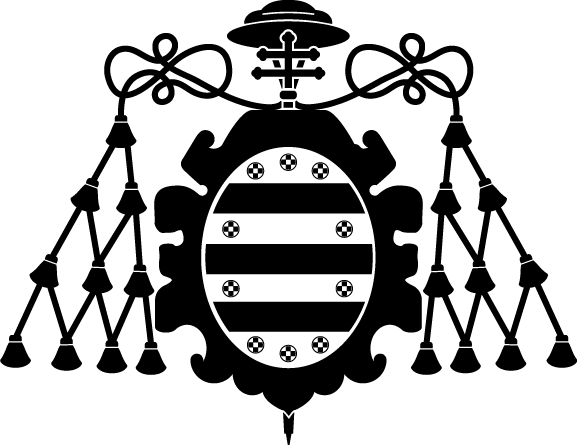High step-down isolated pwm dc-dc converter based on combining a forward converter with the series-capacitor structure
Fecha de publicación:
Versión del editor:
Citación:
Descripción física:
Resumen:
Incorporating switched-capacitor structures into isolated dc-dc converters is a promising approach to alleviate the limitations of topologies fully based on the use of high step-down transformers. In this paper, the combination of a forward converter with a series-capacitor structure is proposed for applications that require a very high step-down conversion ratio, low output voltage ripple, high output current and isolation. The result of the combination only adds one series-capacitor, one inductor, one switch and one diode (or synchronous rectifier switch) to the component count of a conventional forward converter, thus avoiding the use of a complete second phase. The topology provides high step-down conversion ratio and low output voltage ripple, a characteristic that can be used to decrease the total energy stored by inductors (i.e., higher power density) and/or to reduce the switching frequency (i.e., higher efficiency). Moreover, the converter provides inherent current sharing between the two inductors, natural balance of the voltage across the series-capacitor and lower conduction losses. The converter operation is validated with a 100W and 48Vto-5/3.3/2.5/1.8V prototype that achieves a peak efficiency of 95.8% and a full load efficiency of 91.1%.
Incorporating switched-capacitor structures into isolated dc-dc converters is a promising approach to alleviate the limitations of topologies fully based on the use of high step-down transformers. In this paper, the combination of a forward converter with a series-capacitor structure is proposed for applications that require a very high step-down conversion ratio, low output voltage ripple, high output current and isolation. The result of the combination only adds one series-capacitor, one inductor, one switch and one diode (or synchronous rectifier switch) to the component count of a conventional forward converter, thus avoiding the use of a complete second phase. The topology provides high step-down conversion ratio and low output voltage ripple, a characteristic that can be used to decrease the total energy stored by inductors (i.e., higher power density) and/or to reduce the switching frequency (i.e., higher efficiency). Moreover, the converter provides inherent current sharing between the two inductors, natural balance of the voltage across the series-capacitor and lower conduction losses. The converter operation is validated with a 100W and 48Vto-5/3.3/2.5/1.8V prototype that achieves a peak efficiency of 95.8% and a full load efficiency of 91.1%.
ISSN:
Patrocinado por:
This work was supported in part by Ministerio de Ciencia e Innovación, in part by Agencia Estatal de Investigación, in part by FEDER under Project PID2022-136969OB-I00, in part by the Principality of Asturias under Project SV-PA-21-AYUD/2021/51931, and in part by the Severo Ochoa Program under Grant BP20-181.
Colecciones
Ficheros en el ítem





